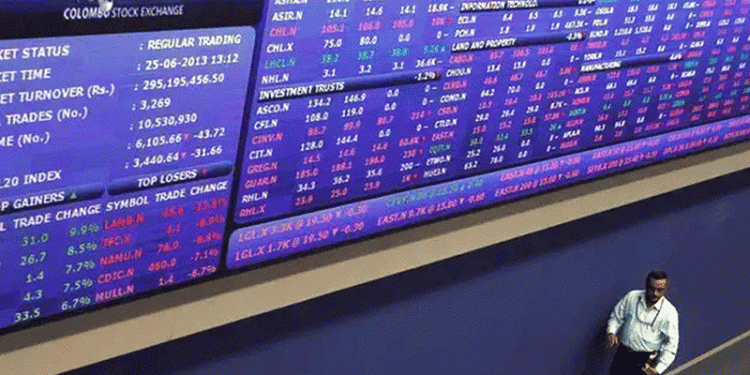By Maya Nikolaeva
PARIS (Reuters) – BNP Paribas (BNPP.PA) set out plans on Friday to cut investment banking costs by 12 percent by 2019 to try to bolster profitability and sought to reassure investors about its capital buffers.
BNP’s cost cuts mirror moves by Deutsche Bank (DBKGn.DE), Credit Suisse (CSGN.VX) and Barclays (BARC.L) who are taking an axe to their investment banks with an aim of shifting away from capital-intensive business areas.
However, BNP Paribas said it had started to cut its balance sheet earlier than others in 2011 and 2012, and that it now aims to win market share while other European rivals retreat.
BNP Paribas has been selling non-core assets and cutting back on operations including oil and gas financing as it seeks to achieve a target of 10 percent return on equity and build up capital.
Regulatory and compliance costs, and a previously announced 900 million euro ($ 1 billion) writedown on the value of its BNL Italian unit, pushed fourth-quarter net income down 51.7 percent to 665 million euros, undershooting the average of analyst estimates of 845 million in a Reuters poll.
“The numbers were not great, but they were still better than those from UBS and Credit Suisse earlier this week,” said Francois Savary, chief investment officer at Geneva-based Prime Partners, which holds some BNP Paribas shares.
BNP shares rose 5.5 percent to 43.2 euros by 0945 GMT.
BNP Paribas results come after European biggest banks, such as Deutsche Bank (DBKGn.DE) and Credit Suisse (CSGN.VX), posted full year losses and flagged tough times in investment banking.
BNP Paribas shares have been trading at a discount to the sector with a price-to-earnings ratio of 7.20 versus 7.31 for Credit Suisse (CSGN.VX) and 8.49 for HSBC (HSBA.L), according to Thomson Reuters data.
CAPITAL RATIO TARGET
France’s biggest bank sought to reassure investors with a common equity tier one ratio target — a key measure of financial health — of 12 percent by 2018 versus 10.9 percent at end-2015.
Analysts cite worries about the bank’s capacity to boost its capital buffer without jeopardizing dividend targets.
Fourth-quarter revenue growth was slightly better than expected, with corporate and institutional banking (CIB) revenue up 8.4 percent, partly thanks to a sharp increase in derivatives trading. Pretax income fell 9 percent, reflecting a rise in regulatory costs.
“Unlike our competitors, we already deleveraged our CIB back in 2011 and 2012,” Chief Executive Jean-Laurent Bonnafe said in an interview published on the bank’s website.
The bank hopes to generate 1 billion euros in cost savings by 2019 and focus on businesses that use less capital and generate fees, such as securities services, transaction banking, and advisory businesses. ($ 1 = 0.8936 euros)
(Additional reporting by Julien Ponthus and Sudi Kar-Gupta; Editing by James Regan and Keith Weir)


























